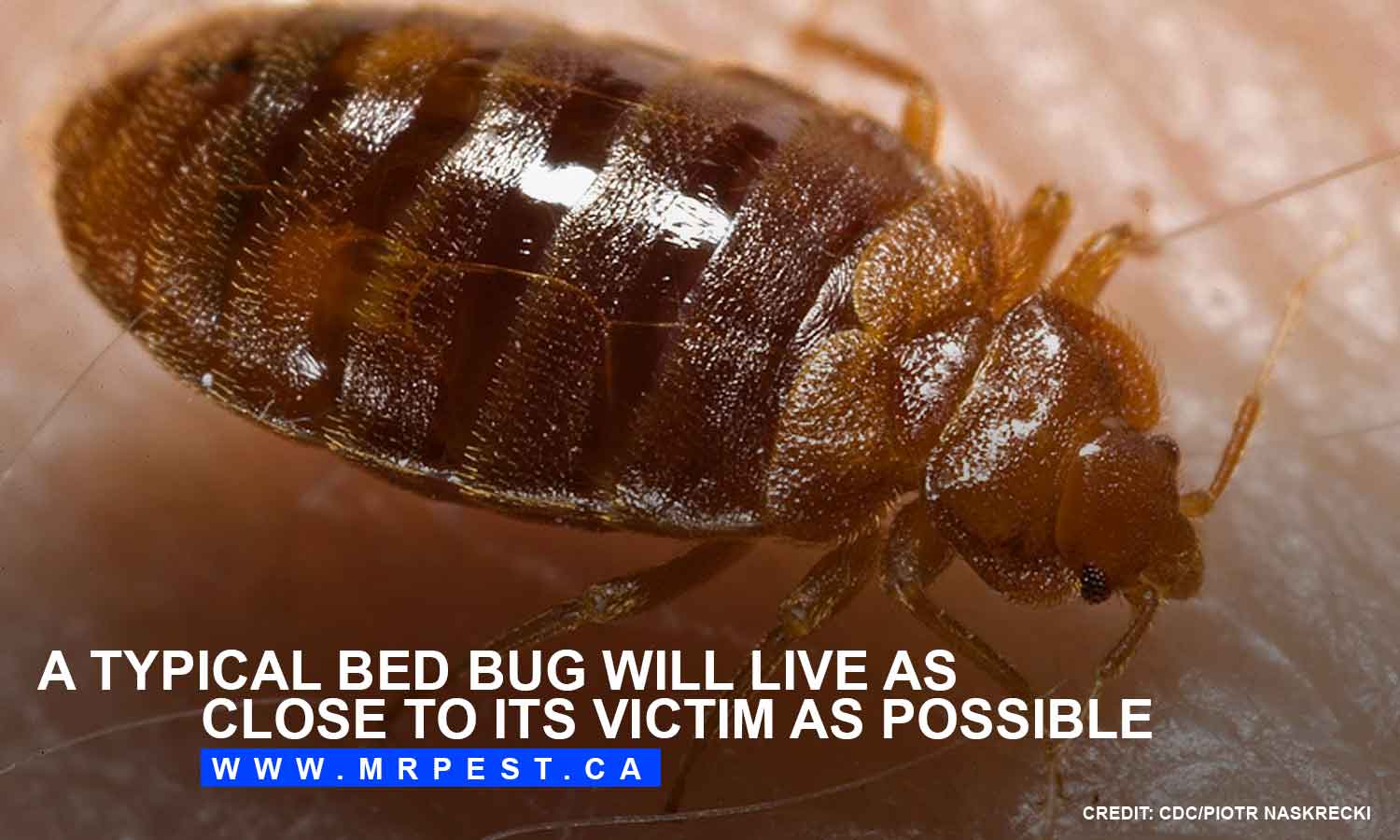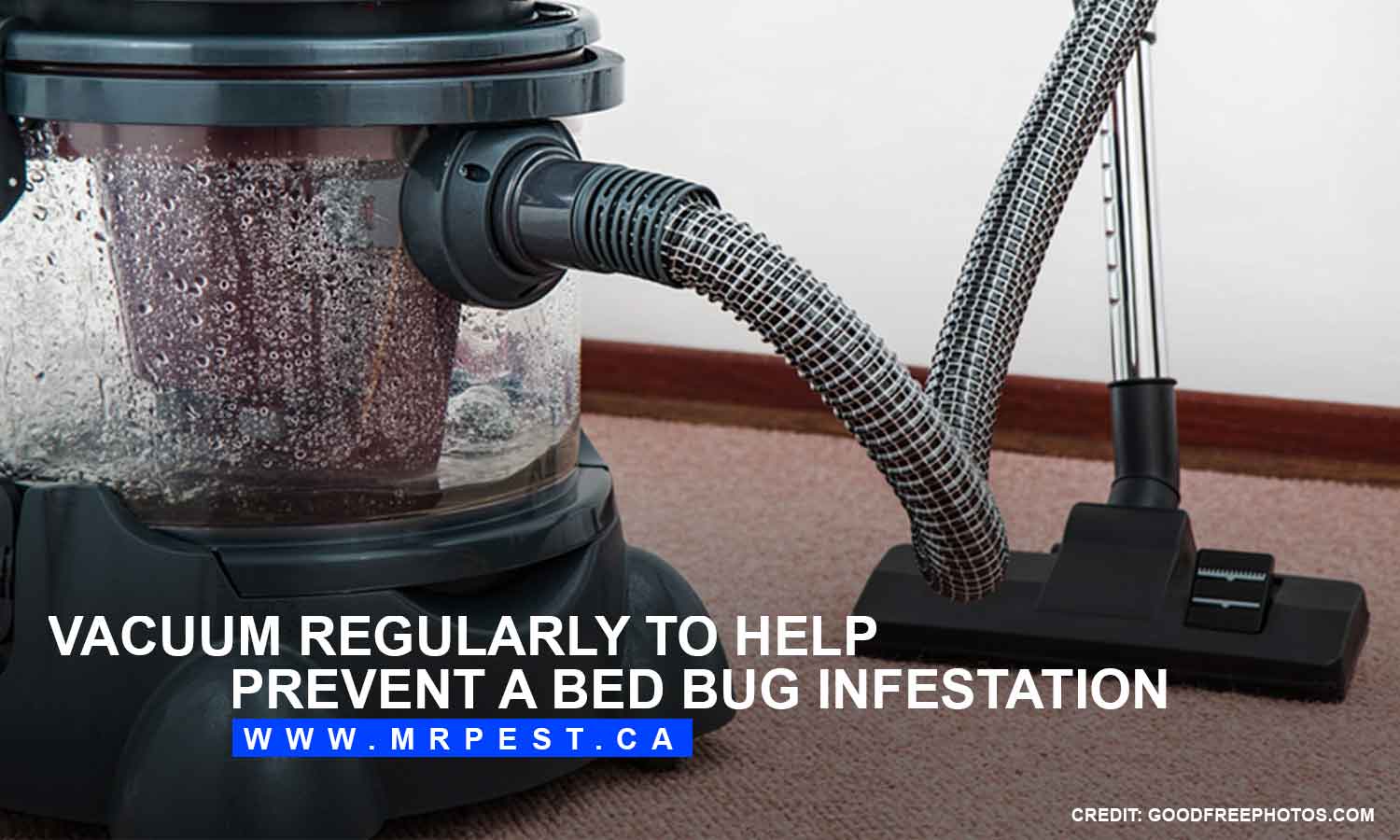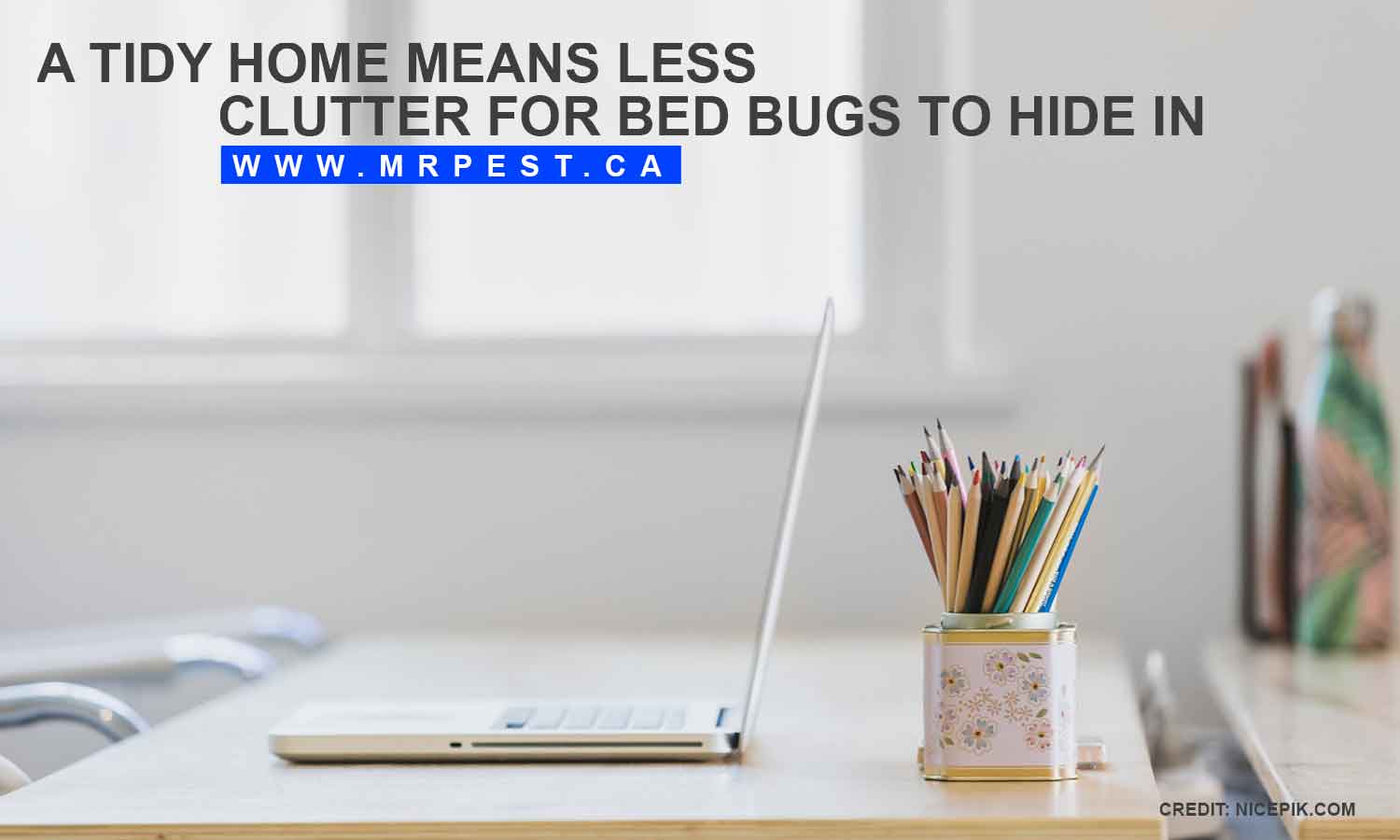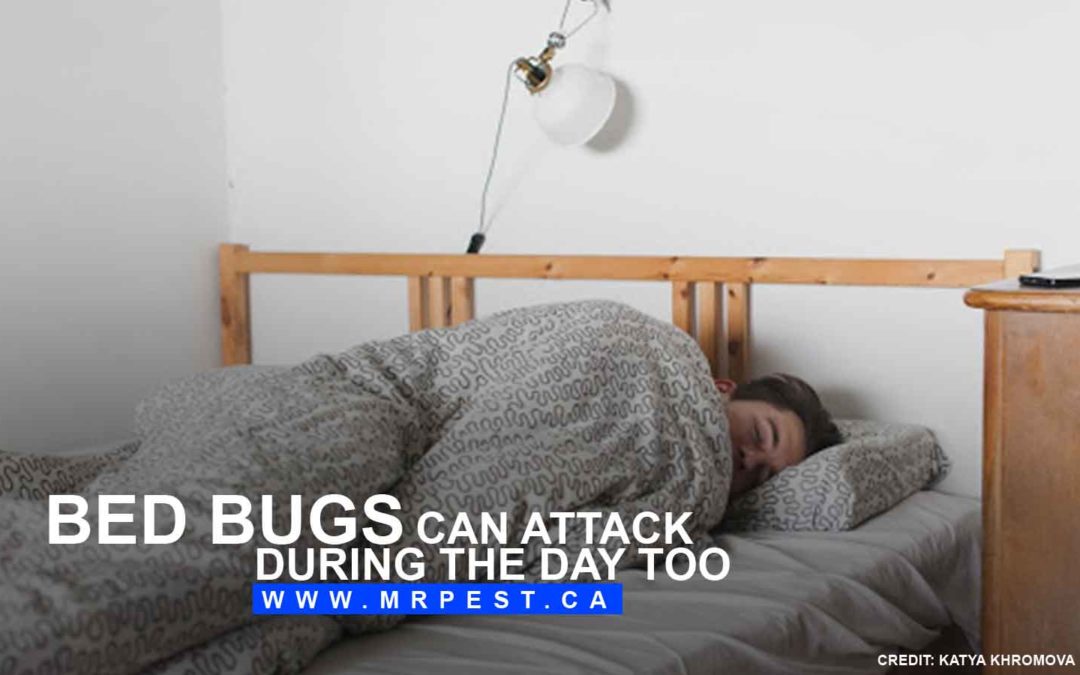You suspect you may have an infestation of bed bugs – uh-oh.
Bed bugs belong to a unique family of insects that feed off the blood of humans, bats, and birds. The most well-known members are the Cimex lectularius which are the typical domestic bed bugs, and the Cimex hemipterus, a tropical version. These nasty bugs have fed on humans for more than a whopping 4,000 years – and possibly longer!
Before you jump to conclusions and arrange for bed bug removal, it’s important to confirm that it’s an infestation of bed bugs you’re dealing with. After all, there are many common misconceptions about bed bugs and their behaviour.
That’s why we’ve put together this handy list of facts and common misconceptions on these tiny pests, so you can be sure you’ve discovered the right bug!
The Facts
- Bedbugs Are Most Active at Night
Bed bugs do tend to crawl out from under the mattress and attack while their victim sleeps during the dark. This is usually between the hours of one to five am in the early hours of the morning. While it’s true that bed bugs are most active during dark, they won’t hesitate to feed during the day if food is available and they feel safe. Some people desperately try leaving their lights on all night in the hope that the brightness will deter these pesky insects. However, this isn’t recommended, as it’ll only leave you feeling sleep-deprived and anxious.
- Bed Bugs Can Live Anywhere in the Home
It’s not just the bedroom that bed bugs take refuge in. While the mattress is a bed bugs’ first choice of where to live, bed bugs will move to any spot that’s dark and provides a form of shelter. These spots can include small cracks in walls or furniture or travel luggage – whether it’s packed or not. - Bed Bugs Live in Clothes
Unfortunately, clothing is another place where these nasty critters take shelter. Hiding in clothes is one of the most successful ways bed bugs travel long distances. In many cases, people accidentally bring back bed bugs from a trip in the clothing they’re wearing, or in any items packed in their luggage.

- Keeping a Suitcase Away Helps Prevent Bedbugs
To prevent these pests from travelling back home with you, when you visit a hotel for a trip it’s recommended to keep your luggage away from the hotel floor, and especially away from the mattress. Pop your luggage on to a rack or on top of the wardrobe instead. These spots are harder for bed bugs to reach and this way you can avoid unwanted stowaways.

- Bed Bugs’ Behaviour Is Predictable
When it comes to bed bugs’ feeding habits, one benefit we have over them is that their behaviour is extremely predictable. A typical bed bug likes to live as near as possible to its victim, which is why they’re usually found in a mattress. They’re likeliest to feed at night, generally for no longer than 10 minutes at a time.

- Bites From Bed Bugs Are Painless
The good news is that if a bed bug bites you, you’re unlikely to react or feel it at all. This is because a bed bug’s saliva contains anesthetic substances and increases the blood flow at the bitten area. - Vacuuming and Decluttering Helps to Avoid Bed Bugs
Bed bugs love to use cluttered spots to hide in; so vacuuming and decluttering your home is an easy way to help prevent a bed bug infestation. If you remove clutter, you can take precautions to exterminate bed bugs earlier or may even be lucky enough to spot a bed bug before it reproduces.

The Misconceptions
- Eggs and Shed Skins Are Always a Sign of Bed Bugs
While bed bugs’ eggs are distinctive, it’s still possible not to recognize them or to mistake them with those of other pests or insects. The only way you can be sure of a bed bug infestation is if you spot living bed bugs. - Waking up With Insect Bites Means There Are Bed Bugs
If you wake up covered in insect bites, it’s easy to panic and assume bed bugs are the culprit. However, bed bugs aren’t the only nocturnal feeder of humans. Instead, the attackers could be fleas, mites, spiders, or even bat bugs. Have a look at where the marks are found – bed bugs favour biting locations that are exposed as the victim sleeps. These spots can include the arms, legs, back, and even the face or eyes. It’s important to note too that plenty of medical issues can produce rashes that mimic insect bites. If you’re worried, it may be a good idea to have the marks looked at by a doctor. - Bed Bugs Can Fly
Fortunately, this old wife’s tale isn’t accurate at all. Bed Bugs cannot fly or even jump. The only way for them to move is by crawling. Although they do possess wings, known as hemlytral pads, they’re unable to use them. - Only Dirty Homes Attract Bed Bugs
There is a social stigma to suffering from a bed bug infestation, as many people believe that only dirty and cluttered homes attract these invasions. This isn’t true in the slightest, and any household that is affected by a bed bug infestation shouldn’t feel embarrassed. Unsanitary home conditions won’t cause bed bugs to infest, and even four-star hotels and the tidiest homeowners deal with bed bug infestations. As long as there’s a human with blood pumping through their veins – bed bugs will happily take up residence.
Clutter can make it more challenging to remove bed bugs once they are in the home, as the mess gives the critters plenty of places to live. By keeping your house tidy, you’re making it more difficult for bed bugs to thrive if they do manage to reach the home.

- Bedbugs Aren’t Dangerous
This is partly true and partly myth. In most cases, bed bugs aren’t dangerous. Most people won’t require any form of treatment after being bitten unless the rash is particularly painful. Bed bugs won’t cause or spread any diseases by biting either.
However, some people develop allergic reactions to bed bug bites. Bed bug bites can also lead to secondary infections. In such cases, a trip to the doctor or the emergency room is crucial depending on how adverse the reaction or infection is.
I definitely have bed bugs. What now?
If you need help with a bed bug infestation in Southern Ontario, Mr. Pest is here to help. Download and print out our prep sheet on how to prepare your home for the removal of a bed bug infestation, and then contact us online or call us at 705-739-7378 (Barrie), 705-326-3377 (Orillia), 705-739-7378 (in Simcoe County), or 705-739-7378 (for Midland & Area) and we will help make your home a safer and more comfortable place to live in.


